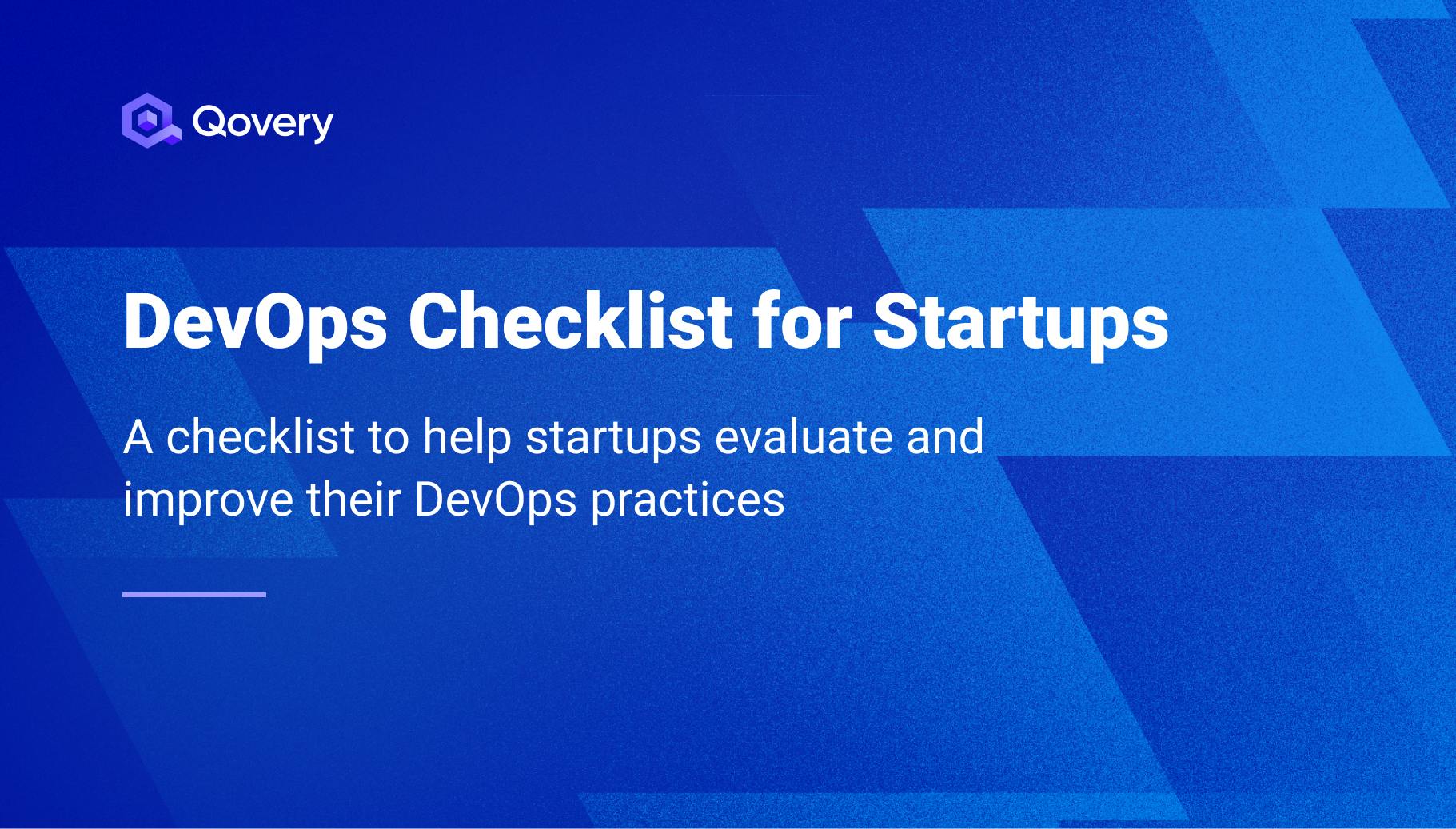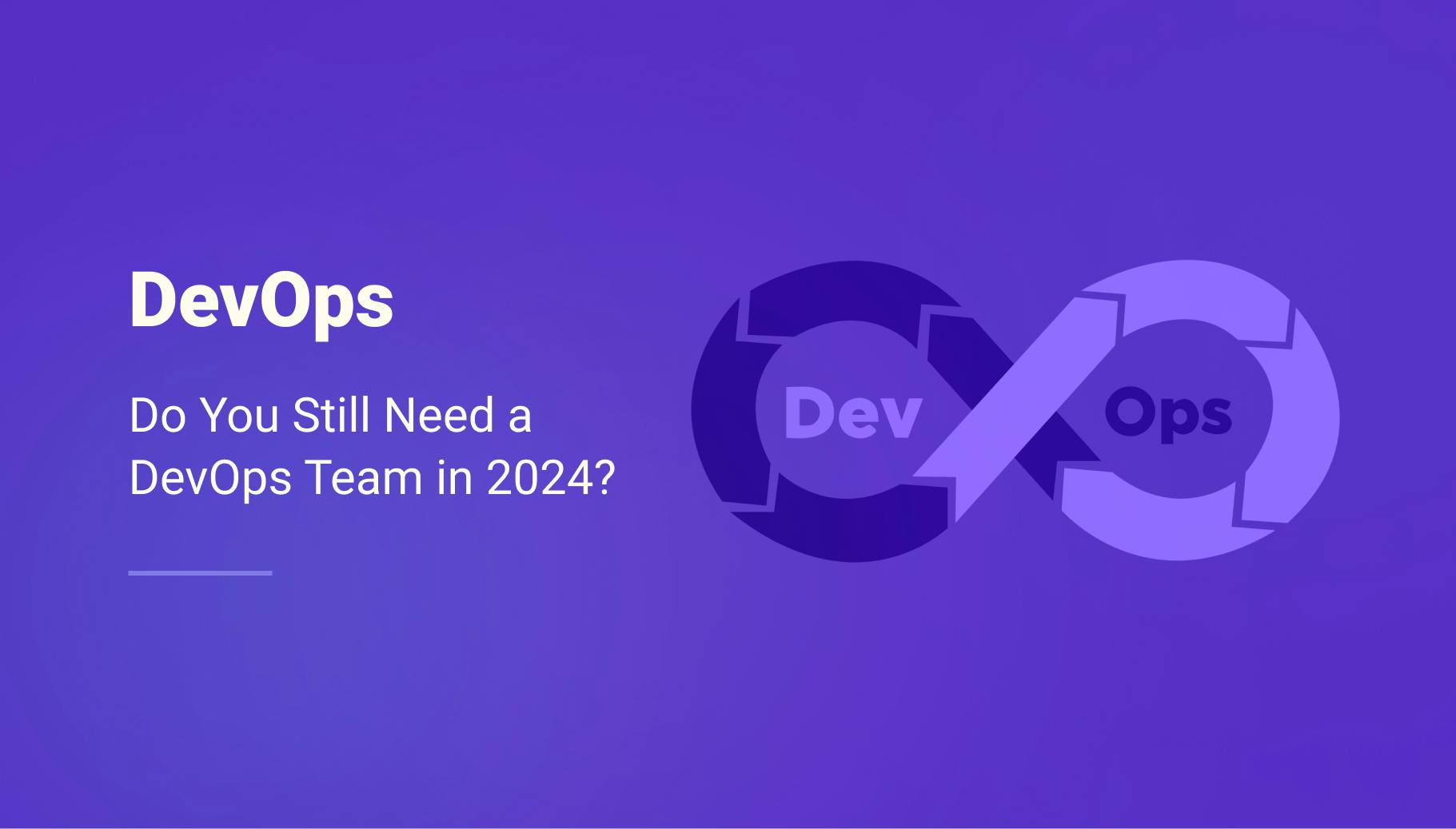3 Key Strategies for End-to-End DevOps Automation
DevOps automation is essential for speeding up delivery, minimizing errors, and boosting team collaboration. But selecting the right approach can make or break your organization’s agility and scalability. Let's break down three key approaches—DIY with Infrastructure-as-Code (IaC), Platform-as-a-Service (PaaS), and DevOps Automation Platforms—so you can identify the best strategy for your needs.

Morgan Perry
August 22, 2024 · 6 min read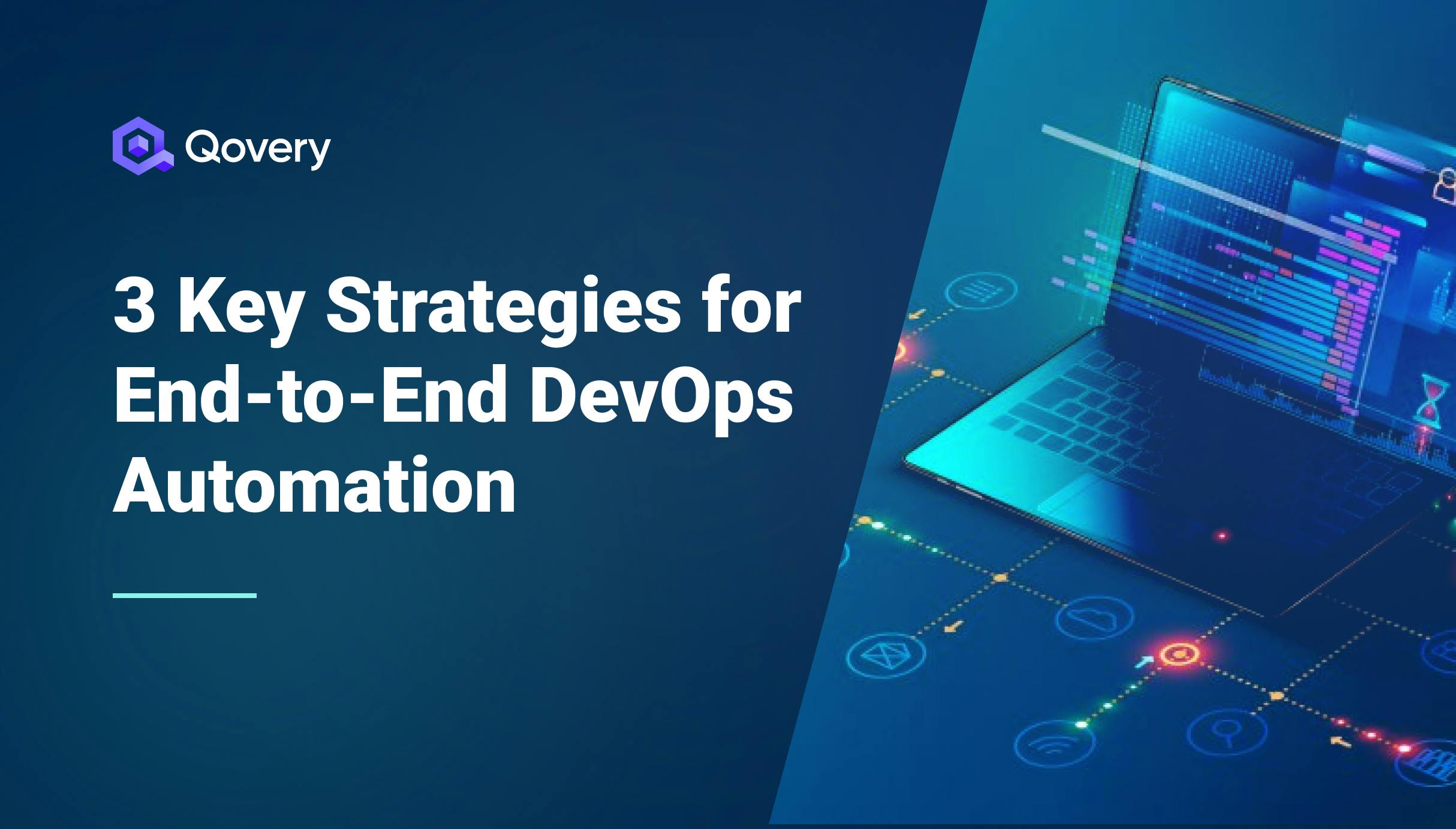
#Approach 1: DIY with Infrastructure-as-Code (IaC) and point solutions
The "Do It Yourself" (DIY) approach relies on internal expertise and tools to build and manage your DevOps automation environment. This involves manually scripting infrastructure with IaC tools like Terraform and managing a variety of point solutions for tasks like Kubernetes orchestration, security configurations, and CI/CD pipelines.

#Key Components and Tools
- Infrastructure-as-Code (IaC): Tools like Terraform and Pulumi allow you to define and manage infrastructure as code, enabling consistent and repeatable deployments.
- Point solutions: A collection of specialized tools for various DevOps tasks, such as:
- CI/CD Pipelines (e.g., Jenkins, GitLab, GitHub Actions)
- Kubernetes Management (e.g., Rancher, KubeSphere)
- Access Controls (e.g., HashiCorp Vault)
- Encryption (e.g., AWS Key Management Service)
- Networking (e.g., Terraform modules)
#Advantages
- Highly customizable: You have granular control over every aspect of your infrastructure and workflows.
- Maximum flexibility: DIY allows you to pick and choose best-of-breed tools for each specific need, catering to diverse team expertise and existing infrastructure.
#Disadvantages
- High operations costs: Requires a dedicated DevOps team with expertise in IaC and point solutions, leading to higher salaries and tool licensing costs.
- Error prone: Human scripting can introduce errors, potentially leading to security vulnerabilities or compliance issues.
- Limited developer self-service: Developers often rely on the DevOps team for infrastructure changes, hindering agility and responsiveness.
#Best suited for:
DIY with IaC and Point Solutions is ideal for large enterprises with specialized DevOps teams and complex, bespoke infrastructure requirements. Organizations with the resources to manage and customize their infrastructure can leverage this approach for maximum control and flexibility.
This approach is ideal for organizations with:
- Large teams and dedicated DevOps resources: Requires significant expertise within the DevOps team to manage the complexity.
- Specific needs or legacy infrastructure: Allows for customization to integrate with existing systems.
- Strong focus on security and compliance: Provides granular control for security configurations.
#Approach 2: Platform-as-a-Service (PaaS) solutions
PaaS solutions offer a pre-configured environment built on top of major cloud providers like AWS, Azure, and GCP. They aim to simplify DevOps by abstracting away some of the complexities of managing the underlying infrastructure. Some of the features of PaaS solutions include but are not limited to:
- Kubernetes orchestration
- CI/CD pipelines
- Observability
- Limited implementations of standard applications (e.g., databases)
#Key Platforms
Here are some of the key platforms for DevOps automation PaaS:
- Heroku: Heroku is a cloud platform that enables developers to build, run, and scale applications with ease. It abstracts away the complexity of infrastructure management, offering a streamlined environment for deploying apps quickly.
- Netlify: Netlify simplifies the development and deployment of web applications with its serverless platform. It automates CI/CD workflows, integrates with Git, and provides a robust set of tools for deploying static sites and frontend applications.
- Render: Render is an all-in-one cloud platform designed for fast-paced application development. It automatically deploys and manages apps, databases, and static sites, offering a developer-friendly interface with features like auto-scaling and free SSL.
- Vercel: Vercel is a platform optimized for frontend developers, focusing on seamless integration with popular frameworks like Next.js. It provides instant deployment, a global edge network, and built-in CI/CD, making it ideal for cutting-edge web applications.
#Advantages
- Easy onboarding: PaaS platforms simplify setting up development and deployment processes for basic applications.
- Extensive developer self-service: Developers can work within the defined scope of supported services without relying heavily on DevOps teams.
- Lightweight operational model: Smaller organizations benefit from a streamlined infrastructure management approach.
#Disadvantages
- Limited flexibility: PaaS restricts access to a significant portion (around 80%) of cloud-native services, hindering customization.
- Compliance challenges: Achieving specific compliance standards can be difficult due to the limited control over the underlying infrastructure.
- Cost considerations: Public cloud PaaS platforms like Heroku often have higher costs compared to directly running on the underlying cloud provider.
#Best suited for:
PaaS Solutions is perfect for startups or smaller companies with limited DevOps resources.
PaaS is ideal for organizations with:
- Simple applications with limited infrastructure needs
- A focus on rapid development and deployment
- Smaller teams with limited DevOps expertise
#Approach 3: DevOps Automation Platforms
DevOps automation platforms streamline cloud infrastructure management by integrating CI/CD, infrastructure provisioning, security, and compliance. These platforms reduce operational burdens, allowing teams to focus on innovation. We have two options in this regard, 1/ building an in-house automation solution or 2/buying an off-the-shelf solution. Let’s walk through both options one by one.
#Option 1 - Building In-House Automation Solutions
While building an in-house automation solution can offer high levels of customization, it comes with significant challenges. Developing such a platform requires deep expertise in distributed systems, security, and cloud-native technologies. Organizations must invest heavily in skilled DevOps engineers who can design, implement, and maintain the platform. Moreover, the dynamic nature of cloud environments often means that in-house solutions struggle to keep up with evolving requirements, leading to increased operational complexity and potential bottlenecks. Here are some of the challenges of in-house automation solutions:
- High development costs: Requires significant investment in time, resources, and skilled DevOps engineers.
- Maintenance overhead: Continuous updates are needed to keep up with evolving cloud environments.
- Skill dependency: Success relies on a highly skilled workforce, making scalability difficult.
- Risk of obsolescence: Rapid cloud advancements can render in-house solutions outdated.
#Option 2 - Buying Off-the-Shelf Solutions (e.g., Qovery)
On the other hand, purchasing an off-the-shelf DevOps automation platform, such as Qovery, provides organizations with a ready-made solution that is both robust and scalable. These platforms are designed with best practices in mind, offering a wide range of features that cater to the diverse needs of today's DevOps teams. By leveraging a pre-built solution, organizations can significantly reduce the time-to-market for their products, while also minimizing the risk of operational issues. Below are highlights of some of the features of off-the-shelf solutions:
- Rapid deployment: Quick implementation without extensive development.
- Cost-effective: Eliminates the need for costly in-house development and maintenance.
- Continuous updates: Regular updates ensure compliance and relevance.
- Scalability: Adaptable to changing needs and workloads.
- Reduced operational risk: Built-in best practices and compliance features minimize risks.
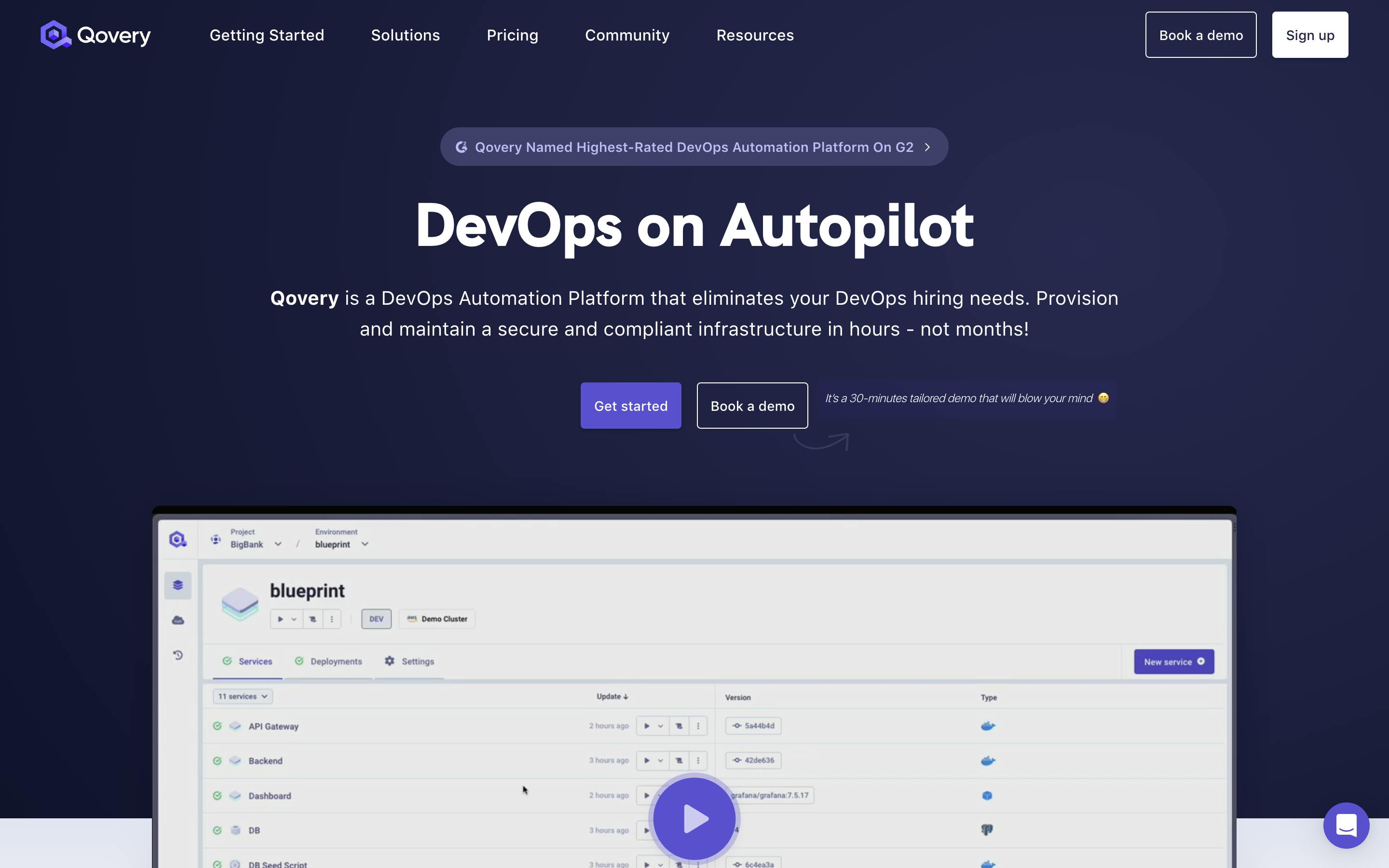
#Best suited for:
DevOps Automation Platforms are great for organizations looking for a balance between customization and ease of management.
#Detailed comparison of the 3 approaches
#A. Customization and Flexibility
- DIY with IaC and Point Solutions: Offers the highest level of customization and flexibility but requires significant expertise.
- PaaS Solutions: Limits customization but simplifies the process, suitable for straightforward applications.
- DevOps Automation Platforms:
- In-house: Highly customizable but resource-intensive.
- Off-the-shelf (Qovery): Moderate customization with easier implementation.
#B. Cost and Resource Efficiency
- DIY with IaC and Point Solutions: High costs due to the need for specialized DevOps teams and tools.
- PaaS Solutions: More cost-effective for small to medium setups but can become expensive for complex applications.
- DevOps Automation Platforms:
- In-house: High initial costs and ongoing maintenance.
- Off-the-shelf (Qovery): Generally more cost-effective, with lower operational costs.
#C. Developer Experience and Self-Service
- DIY with IaC and Point Solutions: Limited self-service, often requiring DevOps team intervention.
- PaaS Solutions: Excellent self-service capabilities, enabling developers to manage tasks independently.
- DevOps Automation Platforms:
- In-house: Customizable self-service, depending on implementation.
- Off-the-shelf (Qovery): Strong self-service features, reducing DevOps dependency.
#D. Scalability and Performance
- DIY with IaC and Point Solutions: Can scale but requires significant effort and expertise.
- PaaS Solutions: Scalable for simpler applications but may struggle with complex, large-scale environments.
- DevOps Automation Platforms:
- In-house: Scalable but demands continuous tuning and resources.
- Off-the-shelf (Qovery): Designed to scale efficiently with built-in performance management.
#E. Security and Compliance
- DIY with IaC and Point Solutions: Allows for granular control but increases the risk of errors.
- PaaS Solutions: Basic security features, with limited control over compliance.
- DevOps Automation Platforms:
- In-house: High control but complex to maintain.
- Off-the-shelf: Comes with built-in security and compliance features.
#Comparison Summary:
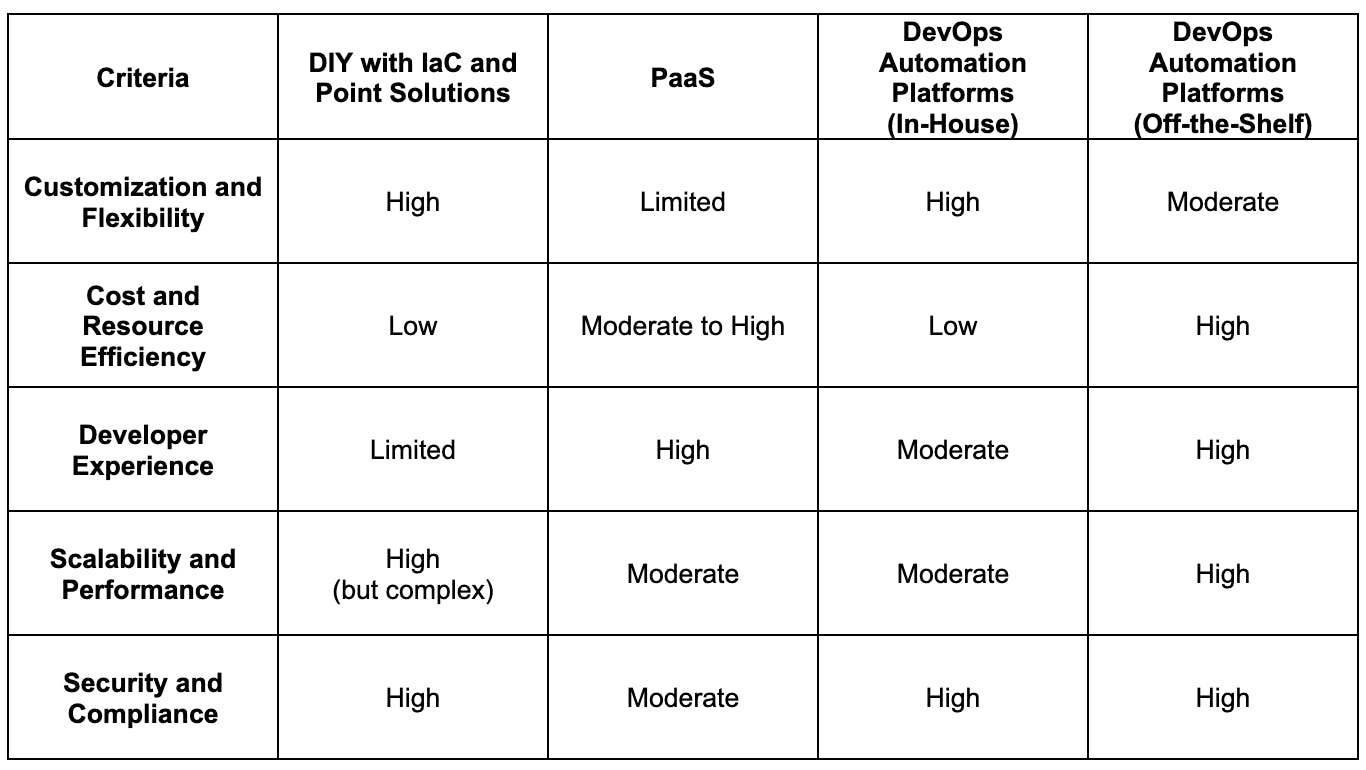
#Conclusion
Choosing the right DevOps automation approach is crucial for your organization’s success. Whether you opt for a highly customizable DIY approach, a simplified PaaS, or an all-in-one DevOps automation platform, understanding your unique needs is key. To see how Qovery can streamline your DevOps processes and accelerate your software delivery, start a free trial today!
Your Favorite DevOps Automation Platform
Qovery is a DevOps Automation Platform Helping 200+ Organizations To Ship Faster and Eliminate DevOps Hiring Needs
Try it out now!

Your Favorite DevOps Automation Platform
Qovery is a DevOps Automation Platform Helping 200+ Organizations To Ship Faster and Eliminate DevOps Hiring Needs
Try it out now!
